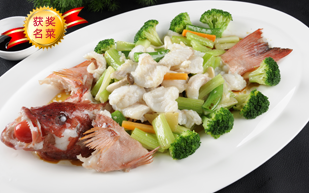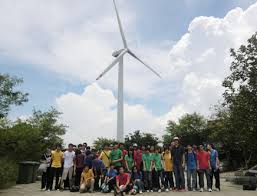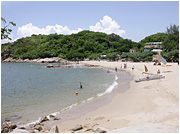Lamma Island is one of the most popular scenic spots in Hong Kong, famous for its fresh seafood and natural scenery. The Family Trail running from Yung Shue Wan to Sok Kwu Wan on the island is also a hot spot for hikers and visitors.
Lamma Island is the third largest island in Hong Kong with a size of about 13.55 sq. km. “Lamma” in Chinese means “the southern tree branch”, which resembles the shape of the island.
With its beautiful shorelines and a diversified environment, Lamma Island has become a popular attraction for tourists as well as an ideal residential area with a tranquil and bohemian atmosphere.
There is no public transport on the island and residents get around by small carts and bicycles. Engaged in the fishing industry for generations, many local residents operate seafood restaurants along the coast after retirement. Various fish rafts can be seen along the coastal area, providing a great variety of fresh seafood.
Lamma Island was formerly named “Bok Liu Chau”. In 1931, a priest discovered several stone containers, believed to be produced in the New Stone Age. Since most of Hong Kong’s historical relics of New Stone Age were found on Lamma Island, it is believed that there were early human settlements on the island even in the ancient period. Most of the relics and historical monuments found on Lamma are related to the ocean and the fishing industry. Not surprisingly, there are three Tin Hau Temples built more than 100 years ago, which are located at Yung Shue Wan, Luk Chau Shan and Sok Kwu Wan respectively. They are popular places of worship for fishermen and residents alike.






